"It would be a whole lot better if the weather was a bit nicer. That would automatically increase melon sales. The weather is somewhat disappointing. It affects all the summer and stone fruit; sales are lagging slightly," says MG Fruit's Jacob Aktalan in mid-June, commenting on the state of the summer fruit par excellence: the melon.
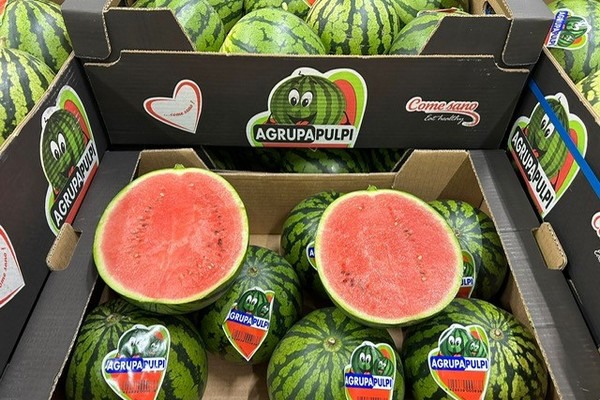
MG Fruit supplies melons from Brazil, Costa Rica, Morocco, and Spain throughout the year, with Spain currently being this Dutch company's biggest supplier. The abundant supply has caused prices to drop, and Jacob hopes better weather, as forecast, will boost sales.
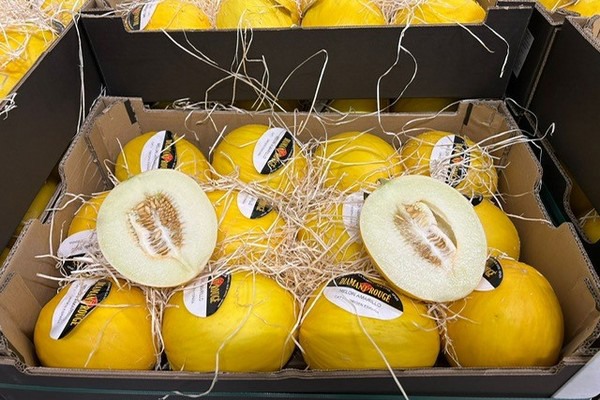
Senegal plays an increasingly important role in the melon market. The country perfectly fills the gap between the Costa Rica/Panama and Spanish seasons. This year, Ramadan fell early, creating a large supply gap that was filled with high prices. However, those have dropped since the Spanish season started.
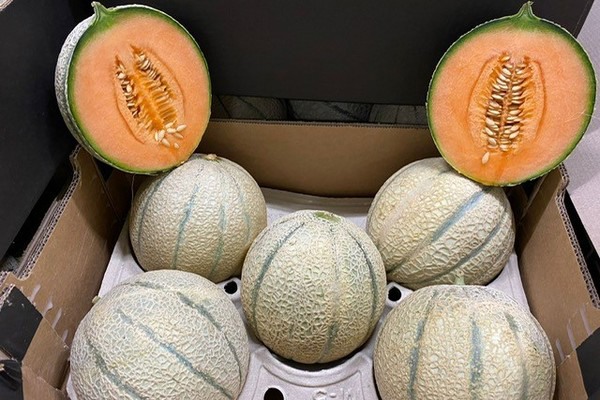
It remains to be seen whether those low prices will prevail. Jacob expects a tipping point: if the European market is saturated, some growers will stop production or seek other markets. That could lead to a shortage, as new crops take time to mature.
In the Netherlands, Galia melons remain the most popular variety, followed by watermelon, of which consumption has risen in recent years. Mini-seedless watermelons are especially popular, as they are better suited to smaller households and fit nicely in the fridge. Melons are also increasingly being incorporated into ready-to-eat fruit products.
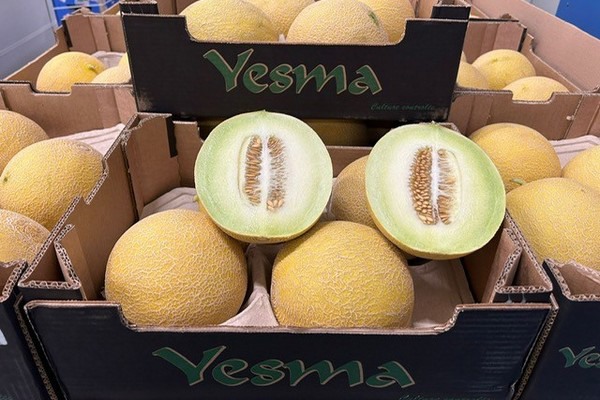
Though the weather hampers melon sales in the Netherlands, markets such as Scandinavia, Germany, and the United Kingdom are stabler sales areas for MG Fruit. Those countries are major lemon consumers, and consumption remains constant regardless of the weather. Those markets do not, however, offer a solution to the current abundant supply, as they operate with fixed programs with no room for additional supply or shortages.
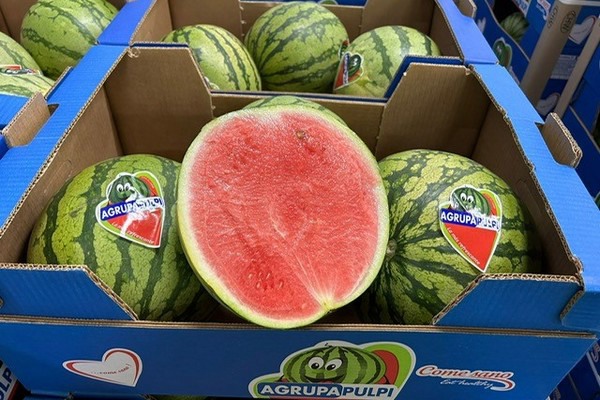
In the Netherlands, where melon sales are highly weather-dependent, these fruits are available not only in programs but on the open market, too. Spanish growers complain about low prices in the Netherlands, but the country remains a reliable buyer that always has melons available. Consumers and buyers know they can rely on the Netherlands; sometimes, melons are cheaper than even in Spain itself. The Netherlands is, thus, crucial in absorbing European melon market surpluses.
For more information:
Jacob Aktalan MG Fruit
MG Fruit
Selderijweg 90-E
2988 DG Ridderkerk
Tel: 0180 745474
Mob: +31 612676257
jacob@mgfruit.nl
www.mgfruit.nl
